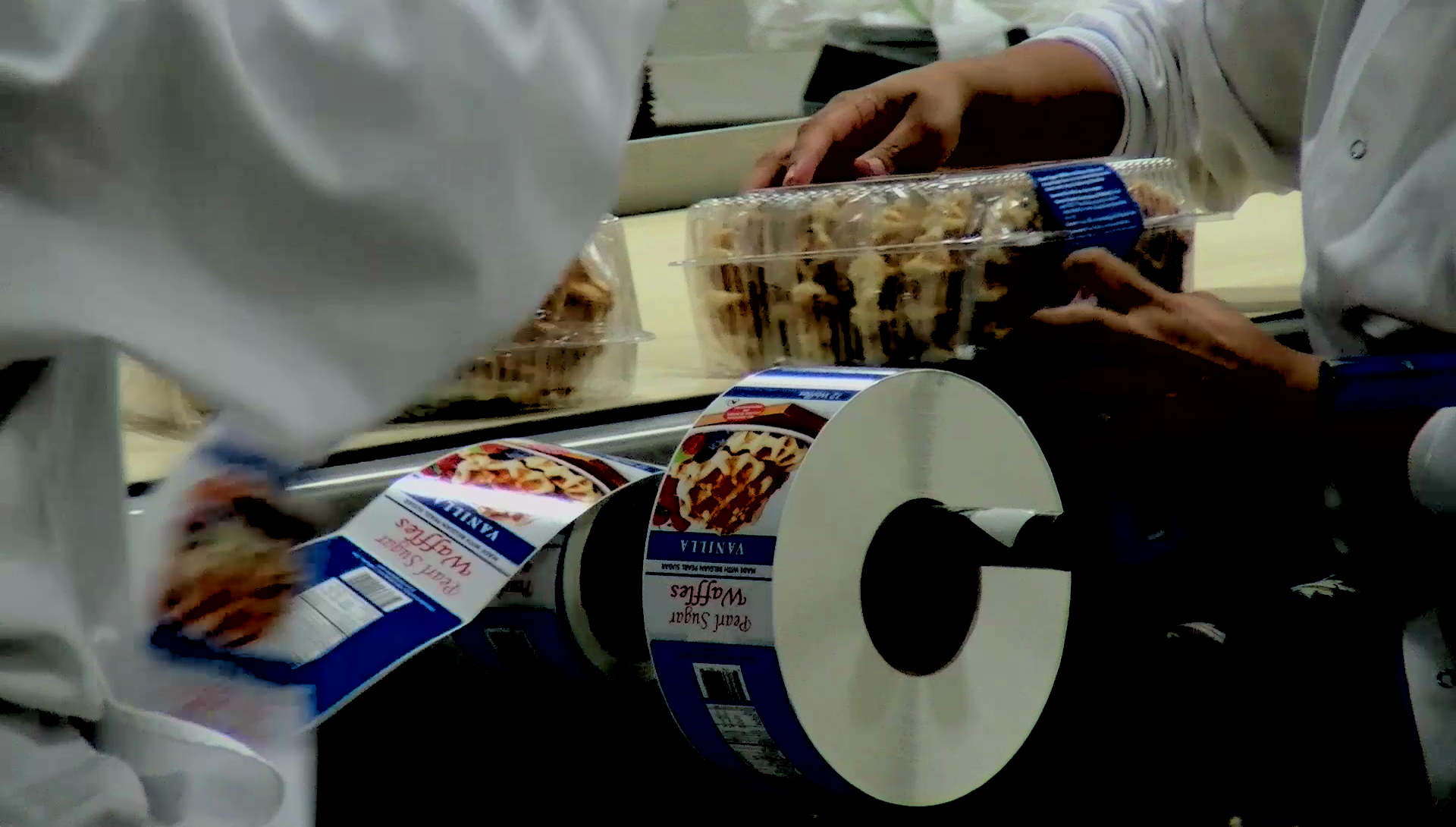Please take a moment to watch a bit of the following video:
A LOT of things in this scene might be worth measuring:
- Buns flow in a line. How many per minute? How much does the flow vary?
- Workers come and go. How many are there at a given time? Which ones?
- Workers inspect and move the buns to baskets. How fast can workers handle them? Are some workers faster than others?
- Buns accumulate in baskets and cluster on the line. How many in a given place at a given point in time?
- Some workers try to bag buns and simultaneously put them in baskets. How quickly can they bag them? How does that match the arrival rate?
- Which workers can perform their task most quickly and effectively? What is their technique?
- and so on …
The information to estimate answers to these questions is evident in the clip … but you have to extract it and the data of interest will vary from situation to situation, so the extraction and analysis techniques will always be a challenge.
However they evolve, organizations will need to develop a methodology to develop, archive and reuse their data extraction techniques. We can’t generalize about specific techniques, but I propose there are some things we will want to consider when we develop them. Specifically, there are four criteria that we should try to achieve:
Accuracy
When we get data from physical sensors, we generally know their accuracy. Interpreting data from video, there are challenges in what to measure and how much accurately detail can be gathered or later analysis. For example, if we count things, do we count every item or take a sample or do we just estimate based on the visible area that is occupied? Every method has a level of expected accuracy and cost.
Things are harder if we want to interpret data from the video. For example, it might be useful to see what percentage of customers seem happy with their purchases when they leave a retail store. Good video should give some worthwhile indications. The challenge is to decide how to classify what the observer sees. Does the customers smile? Do they say something? Are they rushed? Do they stay and chat? These are all visible cues that a human observer might use … but what do they really mean? To improve accuracy for a visual interpretation, a common technique is to craft a reference scale or comparison job aid.
Reliability – The challenge to ensure the measurements don’t change or “drift” over time or across different observers.
Cost – The perennial challenge to minimize cost.
Re-Usability – The challenge to avoid having to pay repeatedly to re-invent the same measurement method.

